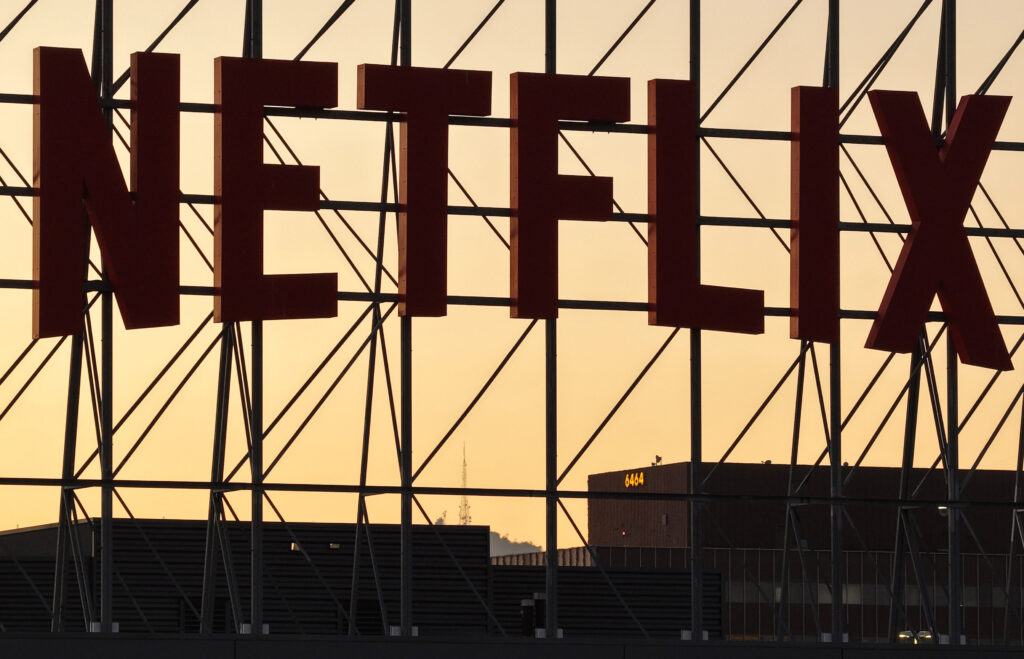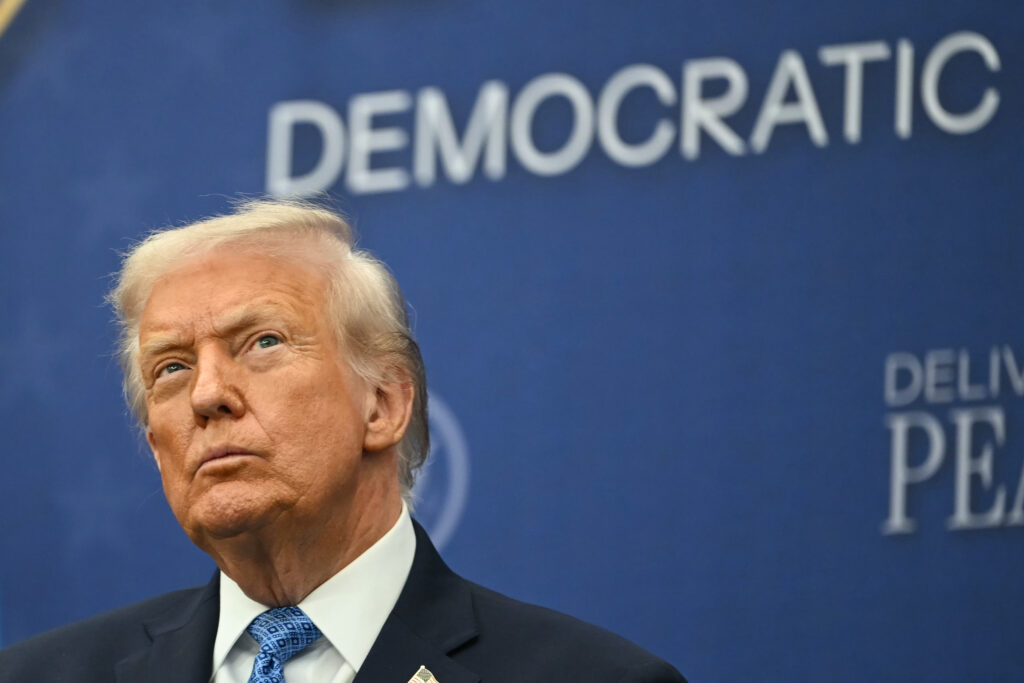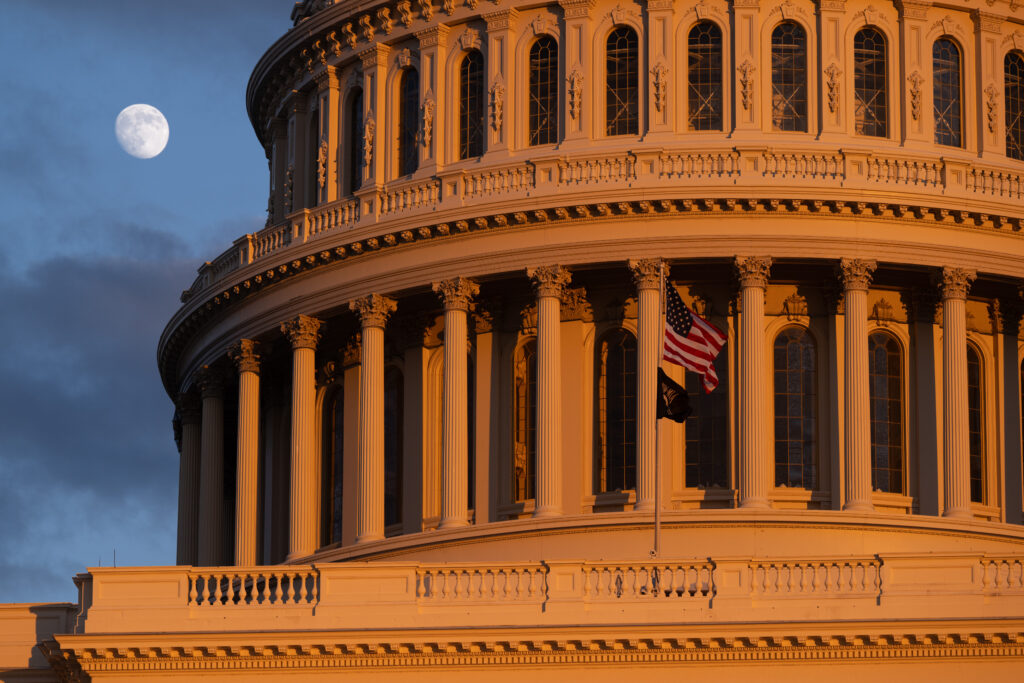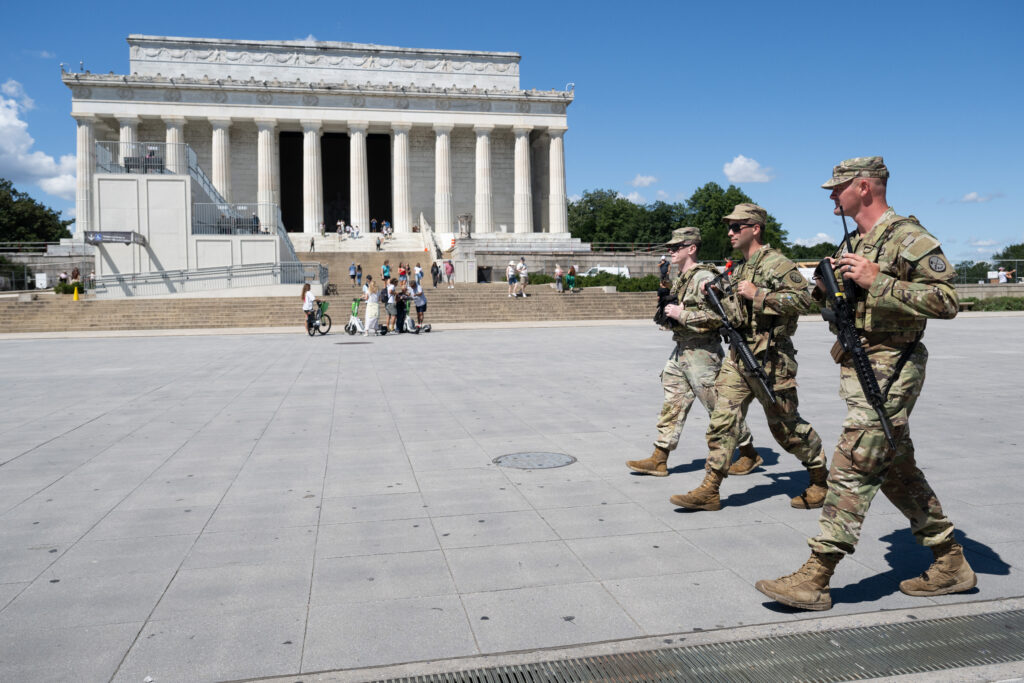EU hits Musk’s X with 120-mn-euro fine, risking Trump ire
The European Union hit Elon Musk’s X with a 120-million-euro ($140-million) fine Friday for breaking its digital rules, in a move that risks a fresh clash with US President Donald Trump’s administration.The high-profile probe into the social media platform was seen as a test of the EU’s resolve to police Big Tech. US Vice President JD Vance fired a warning against “attacking” US firms through “censorship” before the penalty was even made public.Imposing the first fine under its powerful Digital Services Act (DSA) on content, the European Commission said X was guilty of non-compliance with transparency rules including through the “deceptive design” of its blue checkmark for “verified” accounts.”This decision is about the transparency of X” and “nothing to do with censorship,” the bloc’s technology commissioner Henna Virkkunen told reporters as it was announced — pushing back at Vance’s charge.The US vice president warned the EU pre-emptively Thursday it “should be supporting free speech not attacking American companies over garbage” — in an X post to which Musk replied “Much appreciated.”Musk’s platform was targeted by the EU’s first formal DSA investigation in December 2023 — and was found to have breached its rules on several counts in July 2024.The EU found that changes made to the platform’s checkmark system after Musk took over in 2022 meant that “anyone can pay” to obtain a badge of authenticity — without X “meaningfully verifying who is behind the account”.”This deception exposes users to scams, including impersonation frauds, as well as other forms of manipulation by malicious actors,” the commission said in a statement.It also found X failed to be sufficiently transparent about its advertising and to give researchers access to public data in line with DSA rules.X remains under investigation over tackling the spread of illegal content and information manipulation. – ‘Words to action’ -Part one of the X probe had appeared to stall since last year — with no movement on imposing a fine.Weighing on the EU’s mind was the picture in the United States — starkly different from 2023 — after Trump returned as president this year with Musk by his side.The pair later fell out, but the tycoon has reappeared in White House circles, and Brussels had to contend with the prospect any fine on X would fan tensions with Trump.Vance hit out before the punishment was announced, citing “rumours” the commission was preparing to fine X “for not engaging in censorship.”The DSA gives the EU power to fine companies as much as six percent of their global annual revenue — and in the case of X the bloc could have based itself on Musk’s entire business empire, including Tesla.Brussels settled on what is arguably a moderate sum relative to X’s clout — but Virkkunen told reporters it was “proportionate” to the violations at stake.”We are not here to impose the highest fines. We are here to make sure that our digital legislation is enforced,” said the tech chief. “If you comply with our rules, you don’t get a fine — and it’s as simple as that.”She also emphasised this was one part of a “very broad investigation” into X, which remained ongoing.The Center for Countering Digital Hate advocacy group said the EU move “sends a message that no tech platform is above the laws all corporations have to abide by.”Washington has made plain its distaste for EU tech laws, and US Commerce Secretary Howard Lutnick last week called for a rethink if the EU wanted lower steel duties.Driving the point home, a new national security strategy released Friday by Trump’s administration urges Europe to “abandon its failed focus on regulatory suffocation”.France’s digital affairs minister Anne Le Henanff hailed a “historic” decision by the EU in the face of US pressure. “By sanctioning X, Europe shows it is capable of moving from words to action,” she said.Same message from Germany’s digital minister Karsten Wildberger, who said the bloc’s digital rules “apply to everyone, no matter where they come from.”At the same time as the X fine, the commission said it had accepted commitments from TikTok to address concerns over its advertising system, although the Chinese-owned platform remains under DSA investigation over other issues.









